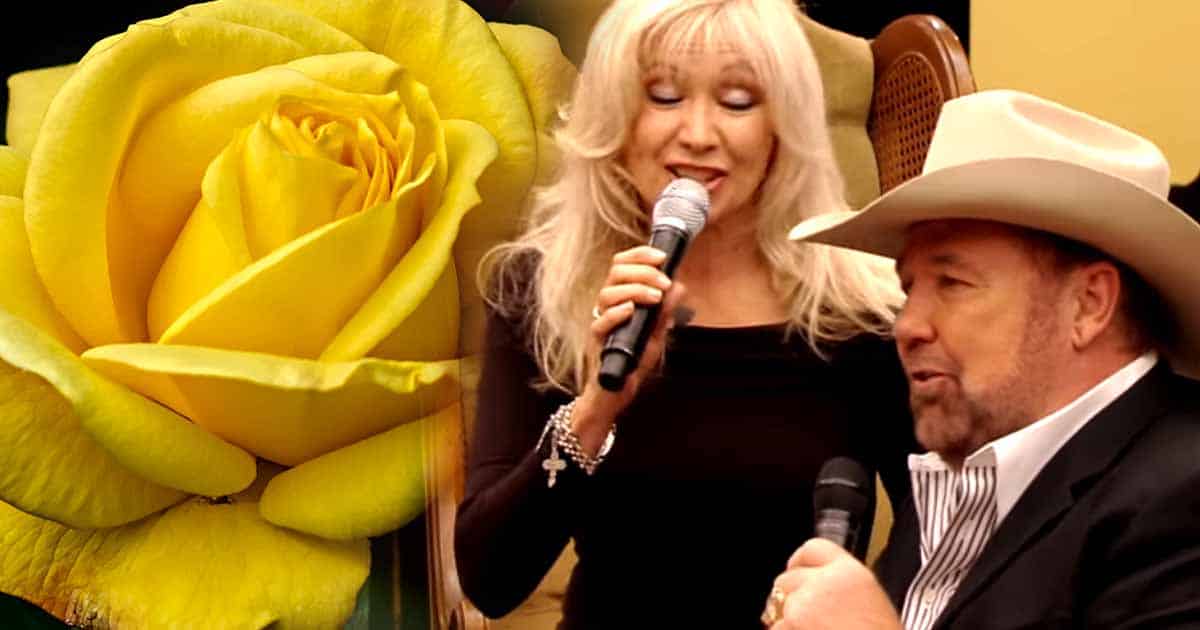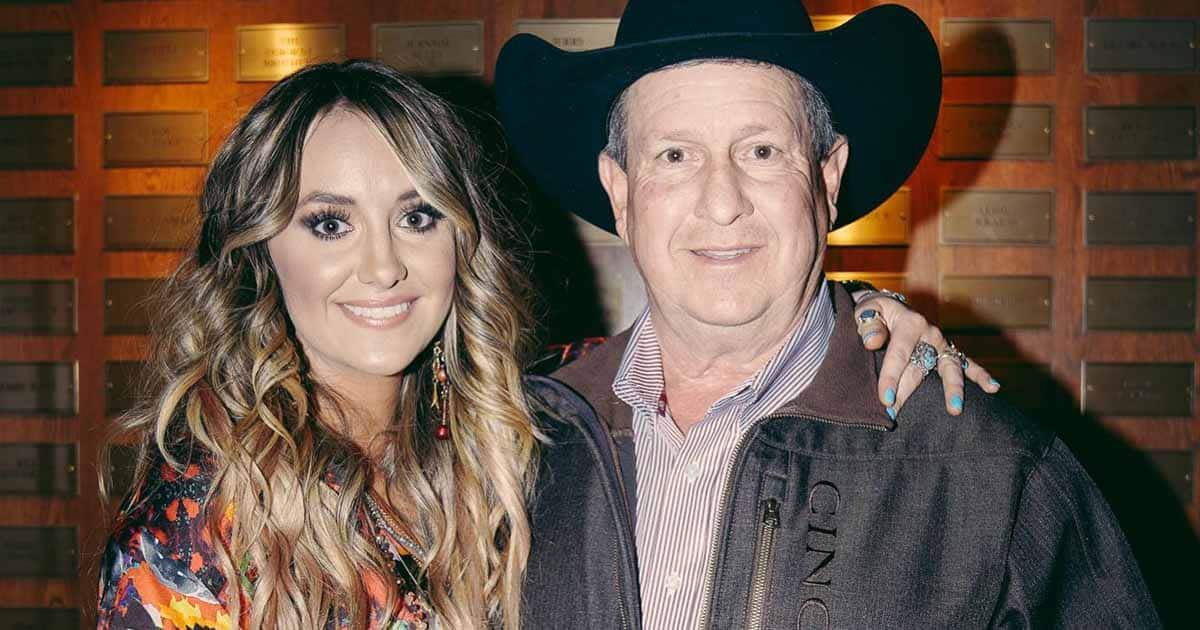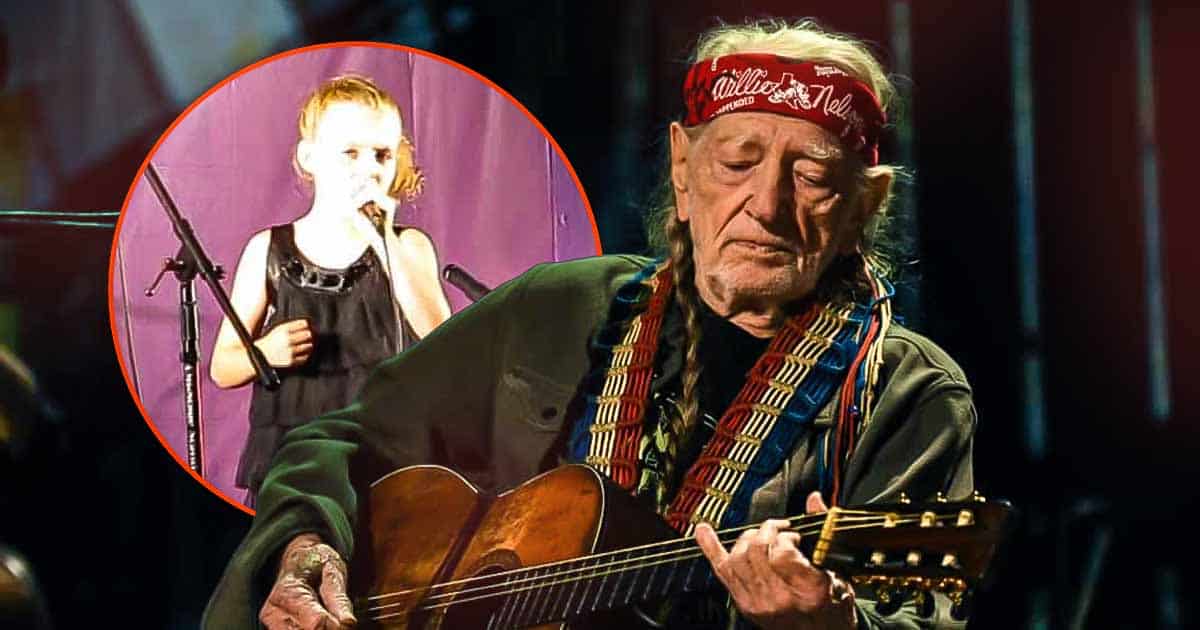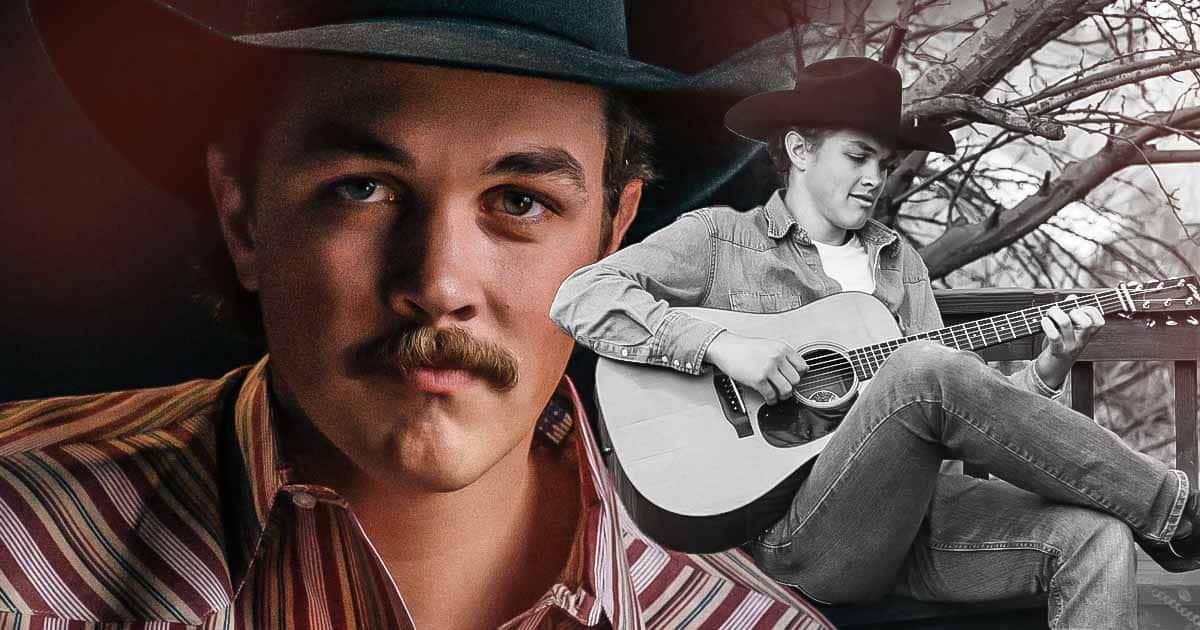The origin of the traditional American folk song “The Yellow Rose of Texas” can be traced back to at least the 1850s. Since then, several versions of the song have been recorded and become a hit to various artists, including Mitch Miller, Elvis Presley, and Willie Nelson.
In 1955, for instance, Miller’s version reached No. 1 on Billboard, and it remained there for six weeks while peaking at No. 1 in Australia and No. 2 in the United Kingdom. Over a year later, Miller’s hit version was used for a key scene in the 1956 Texas-based film Giant. Elvis Presley’s version was also used in his 1964 movie Viva Las Vegas.
While many Americans are familiar with “The Yellow Rose of Texas,” few know the story behind the song.
Who Was The Yellow Rose of Texas
Written by the anonymous songwriter known as J.K., “The Yellow Rose of Texas” was sung from an African American narrator’s outlook, and it follows his pursuit to find his lost love, a woman of a mixed-race he calls “The Yellow Rose of Texas.”
“There’s a yellow rose in Texas that I am gonna see. Nobody else could miss her, not half as much as me. She cried, so when I left her, it likes to broke my heart. And if I ever find her, we nevermore will part,” the song goes.
The earliest known version of the song was found in Christy’s Plantation Melodies. No. 2, a songbook published under the authority of Edwin Pearce Christy in Philadelphia in 1853. Christy was a balladeer and was also the founder of the blackface minstrel show widely known as Christy’s Minstrels.
Like most minstrel songs, the lyrics were written in a cross between a parody of a generic creole dialect historically attributed to African-Americans and standard American English. In the 1830s, the term “yellow” was commonly used to refer to mulattos while “rose” was a popular euphemism for a young woman.
And this description perfectly met folk heroine Emily West, making the song closely associated with her – “the sweetest little rosebud that Texas ever knew.”
West was a free black woman from Connecticut who worked as an indentured servant for Colonel James Morgan at a hotel located in Morgan’s Point, Texas. Unfortunately, during the Texas Revolution, West and the rest of the hotel householders were captured by Mexican troops that were led by General Antonio López de Santa Anna.
When his eye fell upon West, the General was smitten, but the mulatto girl quickly became one of Santa Anna’s fight spoils.
Legend says that Santa Anna lost the subsequent eighteen-minute Battle of San Jacinto because he was in the middle of assaulting West when General Sam Houston led the attack on the Mexican camp. Houston apparently told the story to Englishman William Bollaert, who then wrote it in his journal about the heroic “mulatta girl belonging to Col. Morgan who was closeted in the tent with Gen. Santana’s troops during the Battle of San Jacinto and distracted the General while Texas troops advanced.”
West’s possible forced separation from her black lover and her placement in Santa Anna’s camp inspired her lover to compose the song we know as “The Yellow Rose of Texas.” Her story was further cemented in history when it became the basis for Anita Richmond Bunkley’s novel Emily, The Yellow Rose, published in 1989.
The Byrds’ Roger McGuinn has been keeping “The Yellow Rose of Texas” through the Folk Den section of his website – it is where McGuinn records and uploads his own versions of the songs, including this traditional folk song.
“It’s historically interesting because it was a song that was sung in the Civil War by the troops, and it was kind of a rallying song. It’s gone through many stages, where people have interpreted it in different ways,” McGuinn said. “I went back to look at the original, and it was totally different from what you would hear Mitch Miller do. But it’s a great melody, and it was a great song.”
Indeed, the song has evolved over the years. You can tune in below and watch one of our favorite versions of “The Yellow Rose of Texas” by Johnny Lee and Lane Brody.
https://www.youtube.com/watch?v=3BPRfyNGOj8


















